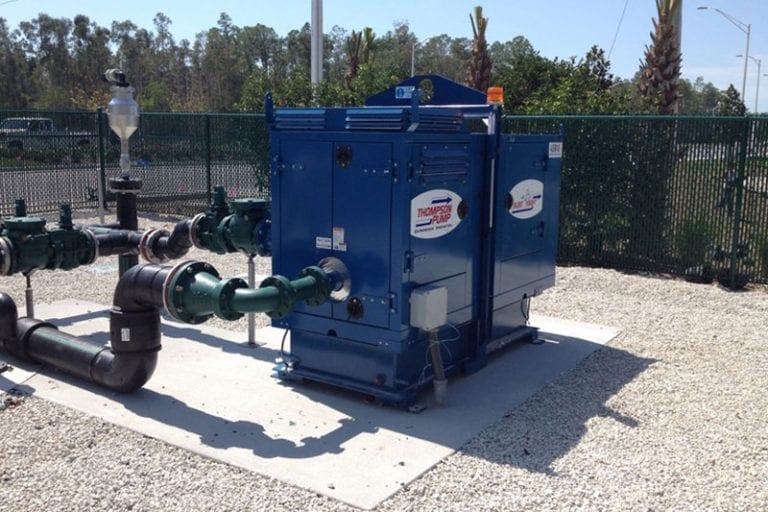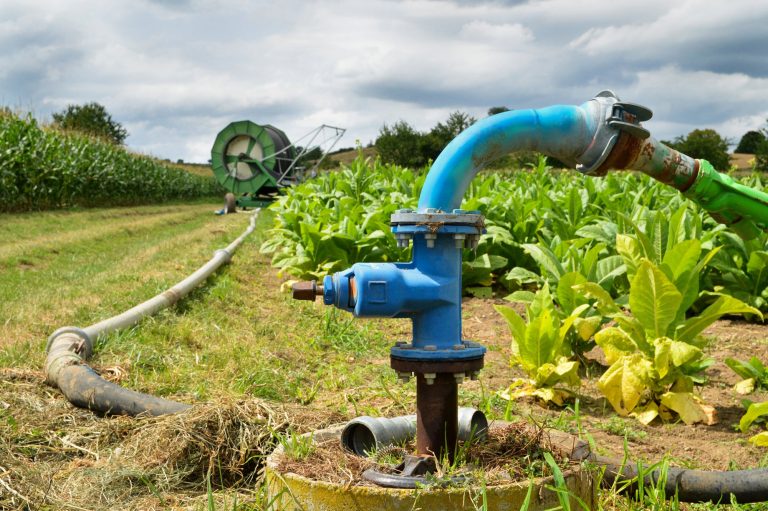Methods of Dewatering
Dewatering is a crucial process in many industries and construction projects. Its importance cannot be overstated. This comprehensive guide aims to explore different methods of dewatering, highlighting their applications, advantages, limitations, and factors influencing their use.
Understanding Dewatering
The term ‘dewatering’ refers to the removal or reduction of water from a site, typically a construction or mining site, to facilitate safe and efficient operations. Dewatering aids in the control of groundwater levels, preventing flooding or seepage into excavations and constructions. This ensures project timelines are maintained, and costly delays are avoided.
Dewatering plays an indispensable role in various scenarios. At construction sites, dewatering is often necessary to create a dry, safe work environment, especially when excavations are carried out below the groundwater table. In mining operations, dewatering helps in extracting minerals from the earth safely. It’s also pivotal in flood mitigation projects, where the aim is to protect life and property from water damage.
Factors Influencing Dewatering Methods
Several geotechnical and site-specific factors influence the choice of dewatering method. Soil composition and properties play a vital role, as the effectiveness of dewatering can greatly depend on the type of soil present. For instance, fine-grained soils might require different techniques compared to coarse-grained soils. Similarly, the groundwater table and hydrogeological conditions of the site, including the permeability of the aquifer, must be considered when selecting an appropriate dewatering method.
Site-specific factors, such as environmental regulations and compliance requirements, also greatly influence dewatering decisions. For instance, certain dewatering methods may be prohibited in areas where there’s a risk of damaging sensitive ecosystems or contaminating drinking water supplies. Project timelines and construction needs are additional factors to consider. For instance, projects with tight schedules may opt for quicker but potentially more costly dewatering methods.
Dewatering Methods
The first method we will consider is wellpoint dewatering. This system involves installing a series of shallow wells, called well points, around the excavation. A vacuum pump is then used to draw groundwater out, lowering the water table. It’s especially effective on stratified soils and shallow excavations. However, it might not be suitable for deep or large-scale excavations due to the large number of well points required.
Deep-well dewatering is another effective method. It involves drilling deep wells around the excavation, each fitted with a submersible pump. Unlike wellpoint systems, deep well systems can handle large volumes of water and are ideal for deeper excavations. One must, however, account for factors such as the cost and time involved in drilling deep wells and the technical expertise required for installation and operation.
In contrast, open sump pumping is a simpler dewatering method that uses a pump placed in a sump or pit to remove water. It’s generally more cost-effective and easier to install than the wellpoint or deep well systems. However, its application is limited to sites with suitable soil conditions that can resist collapse, and it’s often less effective in controlling fine-grained soils or managing large volumes of water.
Vacuum-assisted dewatering is a modern technique that uses a vacuum pump to create negative pressure and draw water out of the ground. This technique can be quite effective, especially when combined with well points or deep wells. However, it requires specialized equipment and expertise, and its efficiency may vary based on the permeability of the soil.
Other notable dewatering techniques include electro-osmosis, which uses an electric field to move water out of the soil, and membrane dewatering, which uses pressure and a membrane to separate water from the soil. These methods can be very effective under certain conditions, but they require specialized equipment and can be cost-prohibitive for some projects.
Factors to Consider in Choosing a Dewatering Solution
The choice of a suitable dewatering solution involves careful consideration of a variety of aspects, from the nature of the project to the environmental impact. The right solution needs to align with the project’s needs, efficiency, cost, and ecological responsibilities.
Project-specific requirements hold a substantial influence on the selection process. Every project is unique, featuring its own set of conditions and objectives. The nature of the project—whether it’s a construction site, mining operation, or infrastructure development—impacts the dewatering method. Soil characteristics, groundwater conditions, and the project scale should guide the decision-making process. Additionally, project timelines and the urgency of water removal are also factors to consider. The dewatering system should be reliable and quick enough to keep the project on schedule.
Economic factors are another significant consideration in choosing a dewatering solution. Every project is bound by a budget, and the dewatering method must fit within this financial frame. The evaluation should take into account both the immediate costs, such as installation, and the long-term costs, like operation and maintenance. A cost-effective method that does not compromise efficiency would be the ideal choice. This assessment might involve comparing different methods, examining the lifecycle costs, and determining the return on investment.
The environmental impact of the dewatering process is an equally critical concern. With growing awareness about environmental sustainability, it’s important to prioritize methods that reduce ecological disruption. Some dewatering techniques could potentially impact local ecosystems, influence groundwater quality, or destabilize surrounding land. Therefore, it’s essential to select a method that meets regulatory standards, safeguards the environment, and has robust measures in place to mitigate any potential harm.
The availability of equipment and the requisite technical expertise is another deciding factor in the selection of a dewatering solution. Not all methods can be implemented with readily available resources. Some require specialized equipment, while others necessitate unique expertise or skilled personnel to operate and manage. The availability and accessibility of these resources in the required timeframe are important to consider.
Professional advice can be incredibly valuable in this context. Working with experienced dewatering service providers can provide insights into the most appropriate methods for a given project. These experts can advise on the most efficient techniques, potential pitfalls, and ways to navigate regulatory and environmental considerations. They can also provide tailored solutions that align with specific project needs, budget, and timeline.
In essence, choosing a dewatering solution involves balancing numerous considerations. It’s about finding a method that aligns with the project’s objectives, budget, environmental responsibility, and available resources. A strategic, well-informed decision can significantly improve project outcomes, fostering efficiency and sustainability.
Best Practices for Dewatering
Effective dewatering starts with a thorough site assessment and proper planning. This involves evaluating the geotechnical and hydrogeological conditions, forecasting groundwater behavior, and designing a dewatering system that aligns with the project requirements.
The selection and maintenance of appropriate dewatering equipment are crucial. Equipment should be chosen based on the project requirements and the anticipated conditions at the site. Regular maintenance and inspections are essential to ensure optimal performance and prevent breakdowns.
Monitoring groundwater levels during dewatering operations is also a best practice. Techniques such as piezometer installation and data analysis can provide valuable insights into the effectiveness of the dewatering system and allow for necessary adjustments.
Adherence to environmental compliance and responsible dewatering practices cannot be overstated. Regulatory guidelines exist to protect our environment, and non-compliance can lead to hefty penalties. Responsible practices, such as implementing sediment and erosion control measures, are also crucial to minimize negative impacts on the surrounding environment.
Conclusion
In summary, dewatering is a significant aspect of many industrial and construction projects. Various methods of dewatering are available, each with its advantages, limitations, and ideal applications. The choice of the right method depends on numerous factors, including geotechnical considerations, site-specific factors, environmental regulations, and project needs.
While the selection of a dewatering method can be complex, considering the factors mentioned above can help streamline the process and ensure an effective, efficient, and environmentally friendly outcome. Consultation with experienced dewatering experts is highly recommended for tailored solutions and professional guidance.
In the end, successful dewatering hinges on thorough site assessment and planning, selecting the appropriate equipment, continuous monitoring of groundwater levels, regular maintenance, and strict adherence to environmental guidelines. By adhering to these best practices, we can make the most of the benefits offered by dewatering while minimizing its potential adverse impacts.







